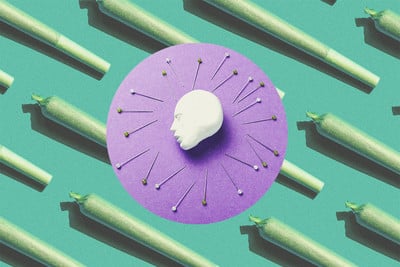Medical Cannabis 101: The Complete Guide To Medical Marijuana
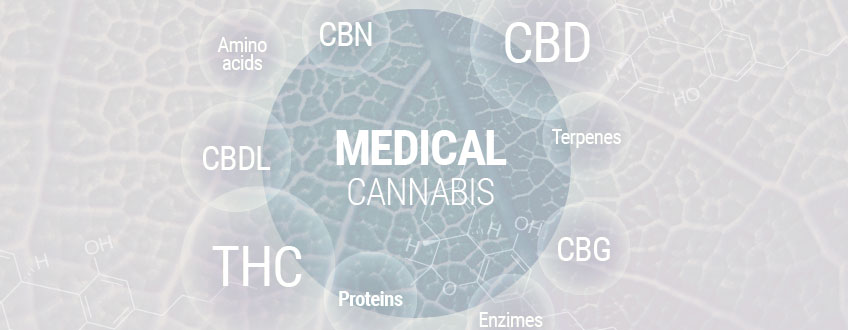
In this article, we take an in-depth look at medical marijuana and everything you need to know about it.
Contents:
- What is medical marijuana?
- What is cannabis?
- Understanding cannabis compounds
- The entourage effect
- Understanding your endocannabinoid system
- Cannabis as medicine
- Is cbd effective without thc?
- Research on medical marijuana
- How to access medical marijuana
- Marijuana laws and synthetic cannabinoids
- How to use medical marijuana
- How to dose medical cannabis
- Medical marijuana side effects
- Is medical marijuana addictive?
- The future of medical marijuana
Cannabis contains hundreds of important molecules. Many of these chemicals, including THC and CBD, show potential in scientific studies and anecdotal reports. Find out exactly how medical marijuana works, if it's addictive, and if it causes any side effects.
What Is Medical Marijuana?
Medical marijuana and recreational marijuana are essentially the same product used for different purposes. Cannabis flowers contain high levels of substances, such as THC and CBD, that researchers are exploring in the lab.
When used for a specific purpose, many of these molecules show early signs of promise in cell and animal studies, and a limited number of human trials.
Although anecdotal reports state that some people experience great benefits from using medical marijuana, smoking weed certainly doesn't serve as a magic bullet that prevents and cures diseases.
Medical marijuana patients use cannabis in a variety of ways, including vaporising raw flowers and extracts, consuming edibles, or administering sublingual oils.
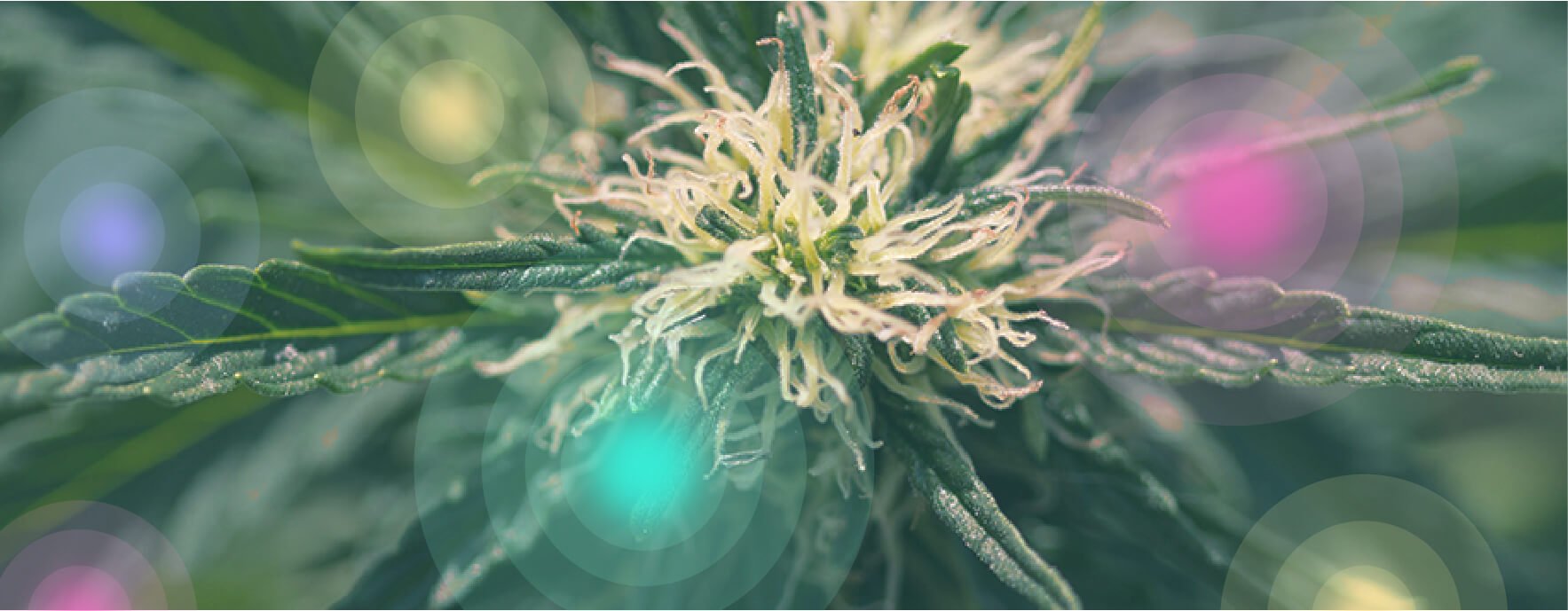
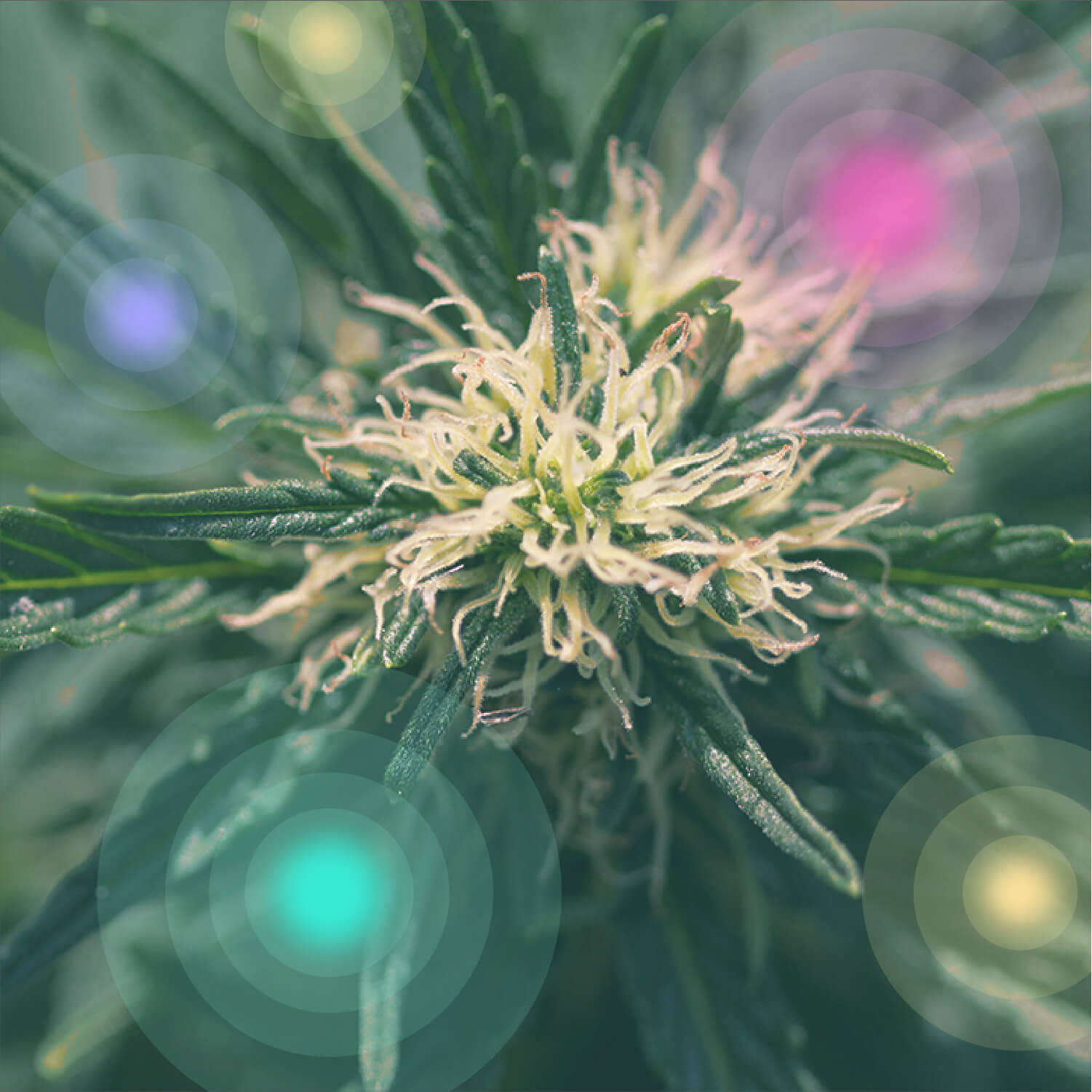
-
Gaps in the Research
The lack of data available seriously challenges the validity of seemingly miraculous anecdotal reports concerning medical marijuana. Although scientists have probed cannabis in-depth for over a century, decades of prohibition have hindered our understanding of the herb and its medicinal effects.
Currently, the Drug Enforcement Agency (DEA) in the United States classes cannabis as a schedule I drug[1], alongside LSD, heroin, and peyote. By definition, substances in this category have no currently accepted medical use and a high potential for abuse. This listing contradicts the current use of the herb in the country, where citizens are prescribed cannabis for medical conditions in 36 states. Cannabis use is also still technically prohibited by EU law, while some member countries have legalised its use for specific conditions.
What Is Cannabis?
Cannabis is a genus of flowering plant that belongs to the Cannabaceae family, which also encompasses hops and Celtis trees. Cannabis plants are dioecious (they develop separate male and female plants), and most of the cannabis products we consume, either recreationally or medicinally, are derived from the flowers of female plants.
There’s a lot of discussion surrounding the proper taxonomy of cannabis plants. In general, however, cannabis plants are divided into the following different species: cannabis indica, cannabis sativa and cannabis ruderalis.
Understanding Cannabis Compounds
The cannabis plant contains over 400 different chemical compounds. Over 100 of these are cannabinoids, compounds that can directly or indirectly act upon cannabinoid receptors.
The two most well-known components of cannabis are THC (tetrahydrocannabinol) and CBD (cannabidiol). THC is the main component found in marijuana, and is what gives it its intoxicating effects. CBD, on the other hand, is typically found in higher concentrations in hemp or cannabis varieties specifically bred to be rich in the cannabinoid.
Besides cannabinoids, cannabis also contains other vital compounds, such as terpenes. These are found in the essential oils of the plant, and play a key role in giving cannabis its unique aromas.
Each cannabis plant will have its own distinct chemical makeup. Certain plants, for example, may have higher concentrations of some cannabinoids and terpenes than others. This is due to the genetics of different cultivars.
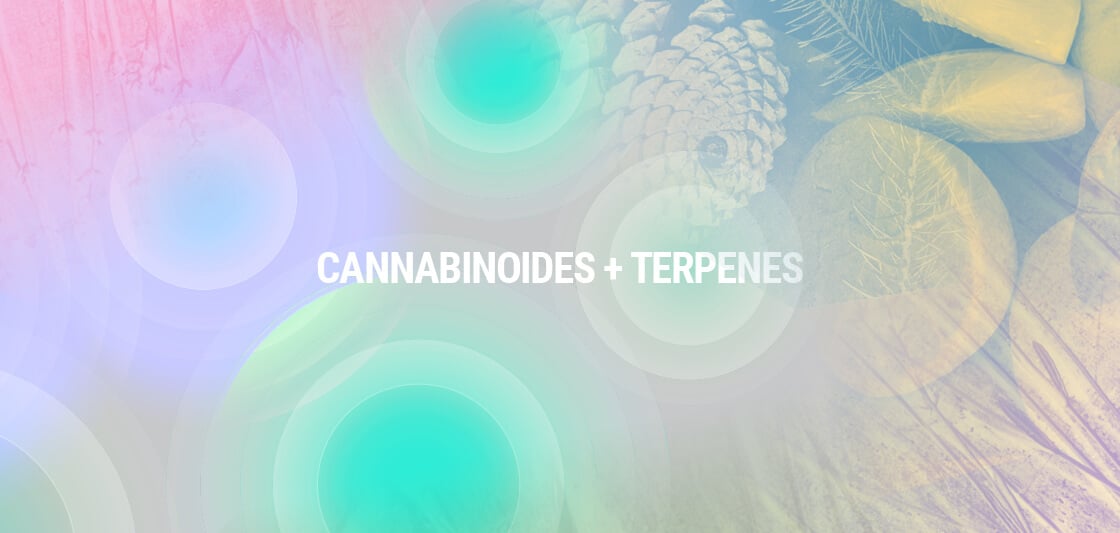
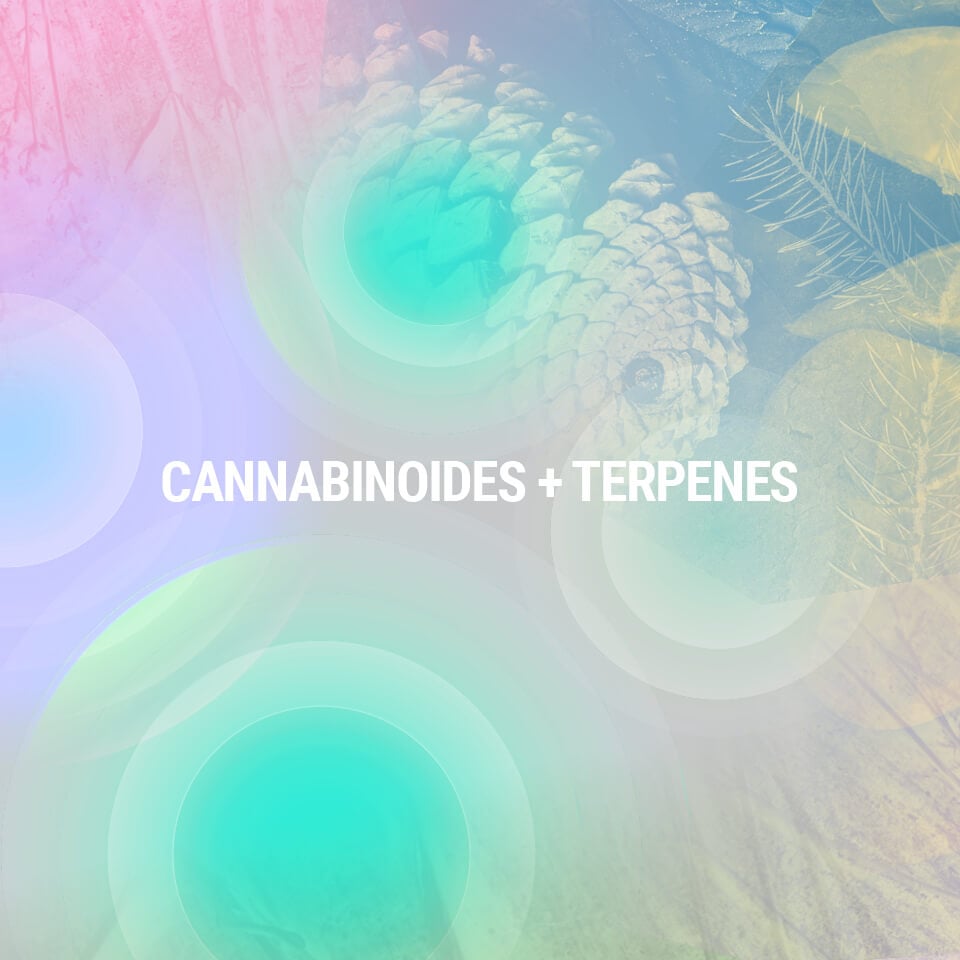
The Entourage Effect
A lot of the research into cannabis focuses on examining the effects of individual compounds in isolation. And while this can tell us a lot about these compounds, it’s also raised a lot of questions about the unique properties of cannabis.
The term “entourage effect” was first described by Raphael Mechoulam, a leading cannabis researcher from Israel. In 1998, Mechoulam and a team of colleagues described the entourage effect in a paper[2] published in the European Journal of Pharmacology. The paper described how the effects of cannabis aren’t just brought on by the individual chemicals in cannabis, but also the way these chemicals interact inside the body.
A simple example of the entourage effect can be seen in the interaction between THC and CBD. Numerous studies have shown that CBD can reduce[3] some of the intoxicating effects of THC by affecting the chemical’s ability to bind to CB1 receptors in the brain and body.
Other examples of the entourage effect can be seen when comparing the effects of synthetic cannabinoid isolates like dronabinol (synthetic pure THC), for example, with those of natural cannabinoids. The effects of dronabinol are reported to be very different from those of THC, and its side effects tend to be much more intense and more prolonged.
This might be hard to fathom, seeing that dronabinol is structurally very similar to THC. However, the stark differences between the effects of dronabinol and those of THC are likely due to the entourage effect, as dronabinol contains only pure THC, whereas cannabis contains a plethora of other components.
Understanding Your Endocannabinoid System
In order to understand medical cannabis, it’s vital to understand the endocannabinoid system—the system that mediates the effects of cannabis in our bodies.
The endocannabinoid system (ECS) is best thought of as a regulatory system. In fact, some consider it the main homeostatic system in the body, responsible for maintaining a careful balance that keeps our bodies functioning at their best.
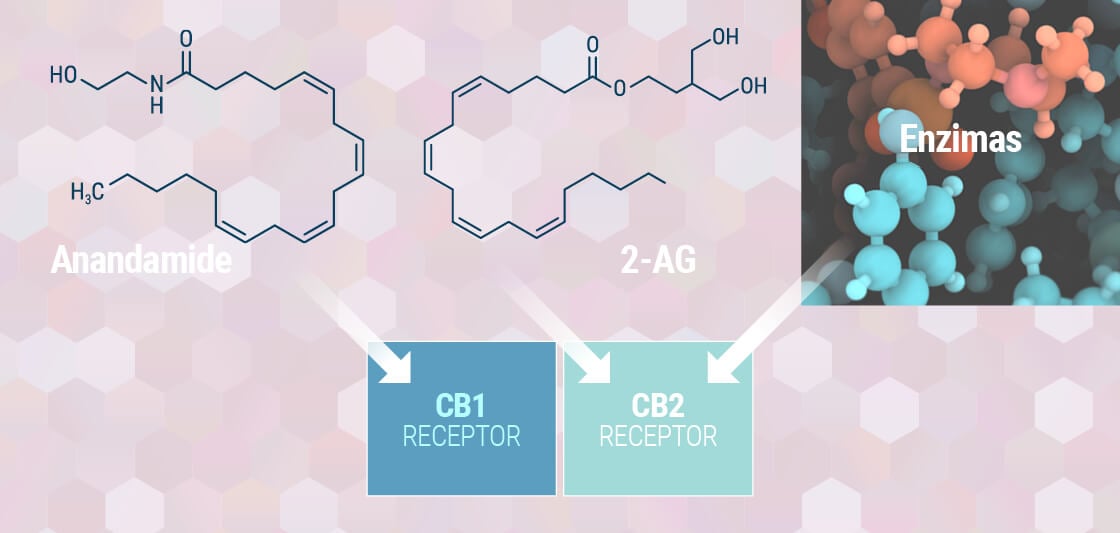
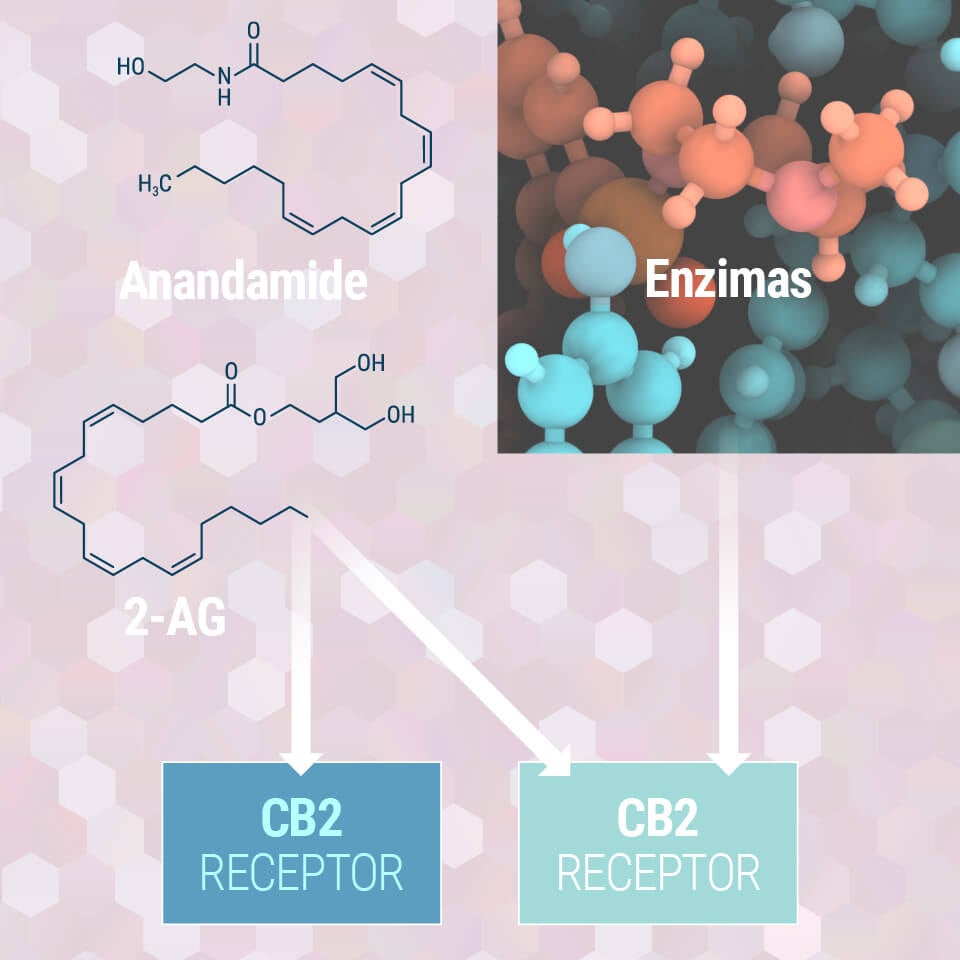
The system basically consists of three main components:
- Endocannabinoids such as anandamide and 2-AG. These compounds are similar to the cannabinoids found in cannabis, but are produced naturally by the body.
- Cannabinoid receptors CB1 and CB2, which receive endocannabinoids. CB1 receptors are found in high concentrations throughout the brain, while CB2 receptors are found in immune cells.
- Enzymes, such as fatty acid amide hydrolase and cytochrome P450, which help synthesise, transport, and metabolise cannabinoids.
The body produces endocannabinoids in response to a wide variety of factors, including exercise, stress, time of day, and more. When we’re facing a stressful event, for example, our bodies produce endocannabinoids to help minimise the negative effects of stress.
These endocannabinoids are then transported and activate specific receptors. To help visualise this, you can think of the cannabinoid receptors as locks and the endocannabinoids as keys. When an endocannabinoid activates a receptor, it triggers a specific response in the body.
At present, research shows that the endocannabinoid system is involved in a plethora of bodily processes. These include:
| Inflammation and pain | Mood and sex drive |
| Sleep | Body temperature and immune function |
| Digestion | Stress response |
| Inflammation and pain | Mood and sex drive | Sleep |
| Body temperature and immune function | Digestion | Stress response |
Cannabis As Medicine
The endocannabinoid system was discovered in the 20th century after researchers wanted to understand the mechanisms by which cannabis delivered its unique intoxicating effects. Today, the ECS is believed to be a potential therapeutic target for a wide variety of conditions, and cannabis-based therapies are becoming increasingly popular.
Until now, most of the research into medicinal cannabis has focussed on THC and CBD. THC is a CB1 agonist, meaning it binds directly to CB1 receptors. When it does, it delivers a variety of effects that vary depending on the route of administration, size of the dose, as well as the individual and their sensitivity to cannabis.
CBD, on the other hand, is a lot more complicated. Unlike THC, CBD doesn’t have a high affinity for either cannabinoid receptor. Instead, it works on serotonin, vanilloid, GABA, gamma, and a variety of other receptors. In fact, CBD has been shown to act via 60 different molecular pathways.
Medicinal cannabis is really about using the components in cannabis to restore balance to the endocannabinoid system, and thereby relieve a variety of conditions and their symptoms.
However, understanding cannabis and how it exerts such a variety of effects on the body can be difficult.
Is CBD Effective Without THC?
CBD appears to work well without THC. Many people report good results when using CBD oil products that contain only trace amounts of THC.
Some patients and companies are proponents of isolating cannabinoids for their individual effects in hopes of obtaining large doses of isolated molecules. Although some people report success using this method, emerging research points towards the benefits of using the whole plant, just as nature intended.
Cannabis flowers contain over 100 cannabinoids and over 200 terpenes. Although these compounds offer their own effects in isolation, they also appear to work with each other, creating an entourage effect[4]. Ongoing research suggests that cannabinoids and terpenes may synergise to create better outcomes. This includes CBD and THC working well together (as well as separately).
A common view has started to take hold, where people view CBD as the non-psychoactive medicinal molecule and see THC as the "fun" recreational psychoactive component. However, this is far from the truth. Many ongoing studies are also exploring the medicinal potential of THC.
The action and investments of pharmaceutical companies also testify to the emergence of THC as a mainstream medicinal cannabinoid. For example, Insys Therapeutics created a synthetic form of THC, known as dronabinol.
Interestingly, the Food and Drug Administration (FDA) in the United States approved the drug as safe and effective for HIV/AIDS-induced anorexia[5] and chemotherapy-induced nausea and vomiting[6].
The DEA also moved dronabinol from schedule I down to schedule II, while leaving cannabis locked up in the most restrictive category.


Research On Medical Marijuana
-
Inflammation
There’s a large body of research showing that the endocannabinoid system plays a key role in regulating inflammatory processes[7]. Moreover, preclinical studies have shown that cannabinoids can reduce animal models of inflammation[8] associated with various health issues. A review from 2018[9] suggests the potential of cannabinoids to relieve osteoarthritis symptoms by way of catalysing anti-inflammatory, analgesic, and antinociceptive action from the endocannabinoid system. However, researchers are quick to point out that only a few clinical trials have been held on the safety and efficacy of medical cannabis in this realm.
-
Pain
The endocannabinoid system also plays an important role in how we sense and react to pain. Research has found cannabinoid receptors at presynaptic sites[10] throughout the central and peripheral nervous systems. Cannabinoids that act on these receptors can alter the transmission of pain signals. Hence, cannabinoids have become a topic of interest in treating a wide variety of pain types, including both nociceptive pain from injury as well as neuropathic pain caused by conditions like multiple sclerosis[11].
-
Skin Conditions
The endocannabinoid system[12] is active throughout the skin and can be activated using topical cannabis products like creams, balms, oils, and more. This discovery has given birth to a huge industry of topical cannabis products that may help with acne, allergic reactions, dermatitis, psoriasis, and more.
-
Mental Health Conditions
Research on cannabinoids for mental health conditions is still frustratingly limited, although cannabinoids have been shown to display neuroprotective[13] potential in preliminary studies. Moreover, cannabinoids are thought to promote neurogenesis[14] (the creation of new brain cells) in key areas of the brain associated with mental health.
-
Tumours
One of the roles of the endocannabinoid system is to regulate the growth and death of cells. In recent years, this has promoted a lot of discussion about the potential of using cannabinoids in the treatment of tumours. While still in its early stages, new research suggests that cannabinoid therapies may help regulate the growth and spread of tumours.[15]
-
Nausea, Vomiting, Appetite
Research has highlighted a link between both THC and CBD[16] and nausea and vomiting[17] in animal models.
-
Sleep Disorders
Given the often-sedative effects of THC-rich cannabis (especially in large quantities), it stands to reason that cannabis could hold potential as a valuable sleep aid. Unfortunately, high-quality research in this area is scant. Still, as there are reams of anecdotal accounts on the sedative, sleep-inducing effects of heavy indica strains, for example, those looking to quicken the journey to Dreamland might consider THC-rich cannabis to ease the process. CBD is also being studied[18] for its potential here, though results are yet inconclusive.
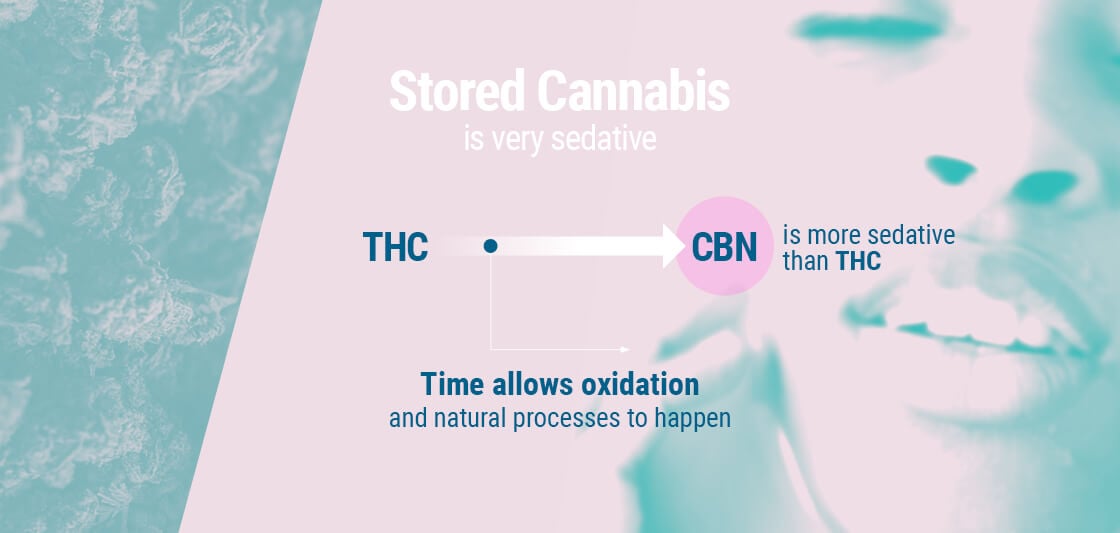
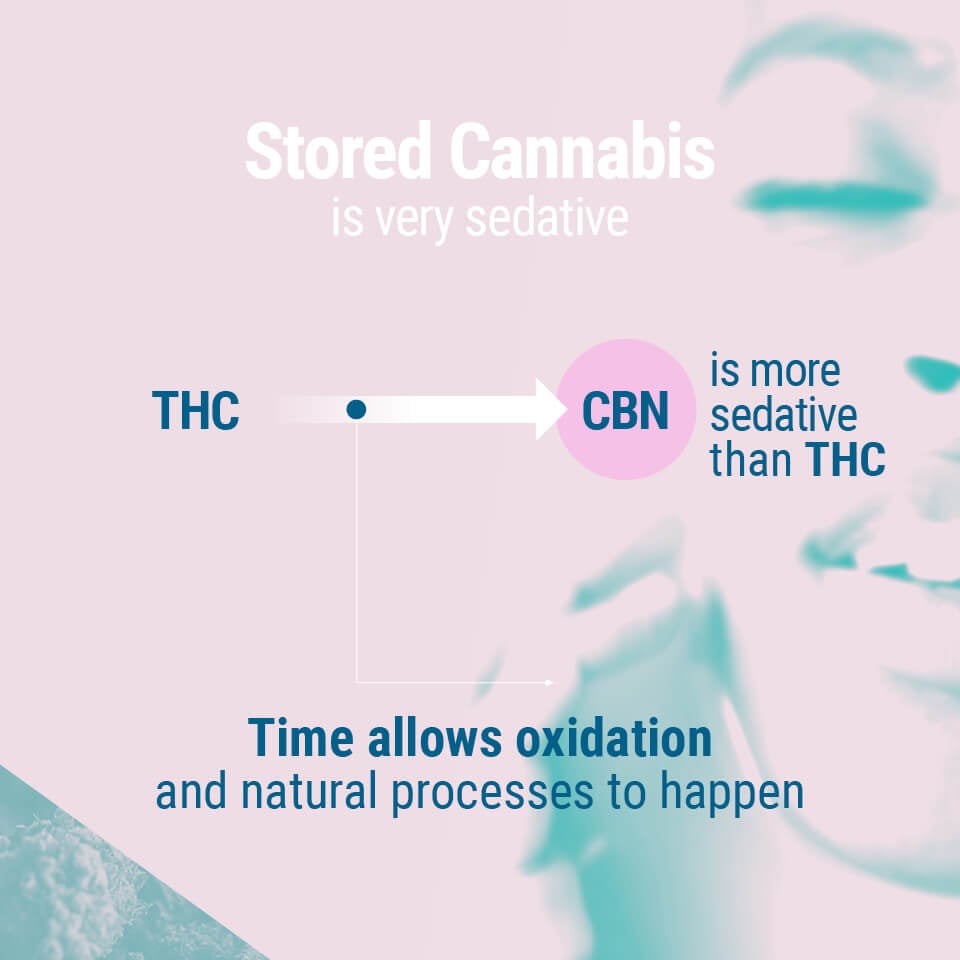
How To Access Medical Marijuana
A few countries in the world have legalized cannabis for medicinal use, such as the Netherlands, Luxembourg, Germany, Canada, Australia, and many states in the US. The medical marijuana programmes in each of these regions differ, sometimes widely. In general, however, most countries have legalized cannabis for a select list of ailments. Patients with these ailments will need to be diagnosed by a medical professional and be prescribed cannabis, or given a medical marijuana card in order to purchase it from a dispensary or pharmacy.
Marijuana Laws and Synthetic Cannabinoids
Cannabis remains illegal for medicinal use in many European countries, but some governments have started to ease the restriction of cannabis-based medicines. These are often patented and synthetic creations that mimic the effects of cannabis. A few allow for flowers, though it is less common.
Such products include:
| Nabilone | A synthetic cannabinoid that mimics THC prescribed to treat neuropathic pain and nausea and vomiting caused by chemotherapy. |
| Dronabinol | Another synthetic version of THC used to treat chemotherapy side effects and weight loss associated with HIV and AIDS. |
| Epidiolex |
An FDA-approved medicine that contains CBD, used to treat epileptic seizures. |
| Sativex |
A formula that contains THC and CBD, used to treat multiple sclerosis spasticity. |
| Nabilone | A synthetic cannabinoid that mimics THC prescribed to treat neuropathic pain and nausea and vomiting caused by chemotherapy. |
| Dronabinol |
Another synthetic version of THC used to treat chemotherapy side effects and weight loss associated with HIV and AIDS. |
| Epidiolex |
An FDA-approved medicine that contains CBD, used to treat epileptic seizures. |
| Sativex |
A formula that contains THC and CBD, used to treat multiple sclerosis spasticity. |
How To Use Medical Marijuana
Medical marijuana is available in many different forms. These include:
- Cannabis tinctures and oils: Tinctures consist of cannabis extracted in high-proof alcohol, while oils utilise some kind of carrier oil (usually MCT, hemp seed oil, or olive oil). These products can contain CBD, THC, and any other compound found in cannabis. Some products also contain other ingredients to offer more specialised relief from a particular ailment or symptom. Tinctures and oils are usually taken under the tongue, where they are absorbed via the mucous membranes in the mouth and take effect in roughly 15 minutes.
- Edibles: Cannabis edibles come in many different forms. They can contain high doses of cannabinoids, and need to be broken down in the digestive tract in order to take effect. This can take up to one hour or more, but offers a long-lasting release of cannabis into the body.
- Capsules: Cannabis capsules contain a single dose of cannabis oil. They need to be swallowed, and, like edibles, must be broken down by the digestive system in order to take effect.
- Topicals: Cannabis topicals, like creams and balms, are applied directly to the skin. They can contain a wide variety of other ingredients to help fight symptoms like inflammation, itching, redness, pain, acne, rashes, and more. Topical cannabis products usually take effect in 10 minutes. The cannabinoids in these products offer local relief, but do not make it into the bloodstream.
- Flower: Dried cannabis flowers are rich in trichomes, which contain the cannabinoids, terpenes, and other compounds that give cannabis its unique medicinal properties. These flowers are usually smoked or vaporized, but can also be infused into oils, butter, and more. Medical cannabis plants can be grown from seed, or from clones depending on availability and growing setup.
- Concentrates: Cannabis concentrates are made by extracting the key components from cannabis plant material to create a potent extract. These extracts have many different names, including hash, oil, dabs, and more. They are typically vaporized with a vaporizer or specialised pipes, but can also be smoked or added to edibles.
- Transdermal patches: Transdermal cannabis patches, as the name suggests, are topical patches that deliver cannabinoids through the skin and into the bloodstream. This makes them unique from other topicals, as they offer a steady, long-lasting release of cannabinoids into the system.

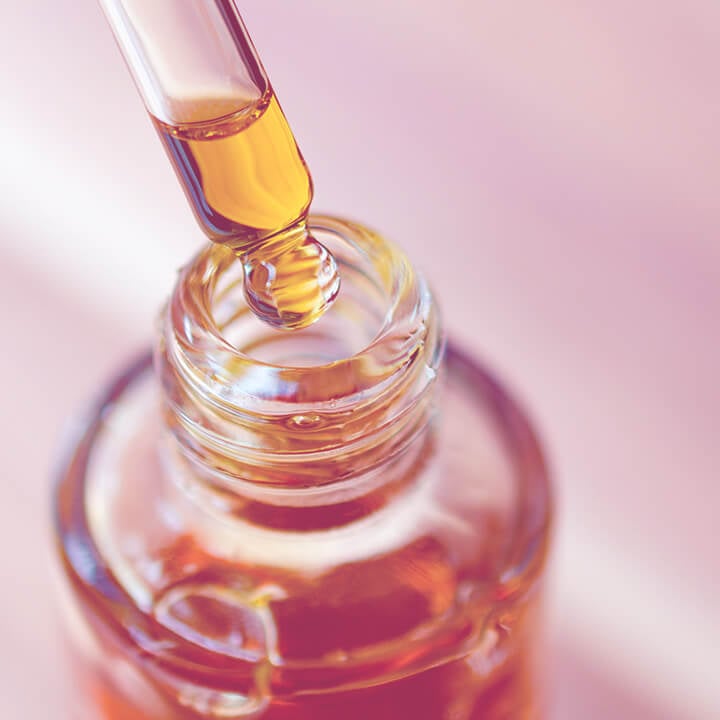
How To Dose Medical Cannabis
Dosing is very important when it comes to using medicinal cannabis. Unfortunately, cannabis affects people very differently, so there are still no strict guidelines on how to properly measure out cannabis medicines.
When using THC, patients may find relief taking microdoses of 2.5mg. In fact, the trend of microdosing has become very popular because it allows patients to find relief from their symptoms without the strong, intoxicating effects THC delivers in larger doses. Other patients, however, may need larger doses to experience relief.
Dosing CBD is also really personal, and it usually takes some trial and error for patients to find the right dose. Usually, patients are recommended to start with small doses of CBD and build up over time. The idea here is to progress slowly to a dose that offers maximum relief without producing side effects.
Unfortunately, there’s even less information about dosing other cannabinoids like CBN, CBG, and CBC, as these compounds have been the subject of far fewer studies than THC and CBD.
Medical Marijuana Side Effects
Like all medicines, cannabis also comes with its own set of side effects. Unlike opioids and other drugs tied to frequent overdoses, cannabis doesn't suppress the breathing apparatus in the brain. Therefore, instances of overdosing from cannabis are almost non-existent.
However, cannabis can affect people in both the short and long term. There are major concerns over the use of cannabis among teenagers and how the herb can negatively impact the developing brain[19].
The side effects of cannabis differ depending on the primary cannabinoid at play. For example, both THC and CBD produce very different effects.
Possible side effects from THC include:
| Red eyes | Dry mouth |
| Impaired memory | Anxiety |
| Paranoia | Panic |
| Increased heart rate | Reduce reaction times |
| Coordination problems |
| Red eyes | Dry mouth | Impaired memory |
| Anxiety | Paranoia | Panic |
| Increased heart rate | Reduce reaction times | Coordination problems |
Possible side effects from CBD include:
| Dizziness | Diarrhoea |
| Weight loss | Fatigue |
| Changes in appetite | Drowsiness |
| Dizziness | Diarrhoea | Weight loss |
| Fatigue | Changes in appetite | Drowsiness |
Is Medical Marijuana Addictive?
Medical marijuana users can become addicted to cannabis, though the risk is generally seen as low. Known as marijuana use disorder, addiction to the herb may impact the brain's reward system and even result in changes to the dopamine system[20]—a network responsible for feelings of pleasure.
Research shows that cases of marijuana use disorder have risen[21] in American states that passed measures to legalise recreational cannabis. The data suggests that a large portion of both adult and youth cannabis users are at significant risk[22] for developing the condition, even if they don't use cannabis that often initially.
However, the legalisation of marijuana in these areas appears to be reducing the cases of fatal opiate overdoses[23].
Just like dependence on any substance, marijuana use disorder manifests as the chronic use of the herb, feelings of dependency and even withdrawal symptoms[24].
Most of this research focuses on cannabis addiction in regard to high-THC cannabis, but researchers are now looking to see if CBD may help people actually combat addiction[25], with studies[26] looking specifically at cocaine and methamphetamine addiction.
The Future of Medical Marijuana
Medical marijuana remains in the infant stages. As prohibition continues to lift across the world, scientists are able to probe cannabis with more depth and understanding. As researchers start to unveil the effects of hundreds of other cannabinoids and terpenes and how they synergise, we can hope to see a huge leap forward.
CBD and THC show promise, but they are only a minute portion of the chemical cocktail in cannabis. In the future, we're likely to see customised blends of cannabinoids and terpenes tailored towards individuals and specific health conditions.
- Drug Scheduling https://www.dea.gov
- An entourage effect: inactive endogenous fatty acid glycerol esters enhance 2-arachidonoyl-glycerol cannabinoid activity. - PubMed - NCBI https://www.ncbi.nlm.nih.gov
- Does Cannabidiol Protect Against Adverse Psychological Effects of THC? https://www.ncbi.nlm.nih.gov
- Taming THC: potential cannabis synergy and phytocannabinoid-terpenoid entourage effects https://www.ncbi.nlm.nih.gov
- MARINOL® https://www.accessdata.fda.gov
- A review of oral cannabinoids and medical marijuana for the treatment of chemotherapy-induced nausea and vomiting https://www.ncbi.nlm.nih.gov
- The endocannabinoid system: an emerging key player in inflammation. - PubMed - NCBI https://www.ncbi.nlm.nih.gov
- Cannabinoids as novel anti-inflammatory drugs. - PubMed - NCBI https://www.ncbi.nlm.nih.gov
- Cannabis and joints: scientific evidence for the alleviation of osteoarthritis pain by cannabinoids. - PubMed - NCBI https://www.ncbi.nlm.nih.gov
- The role of the endocannabinoid system in pain. - PubMed - NCBI https://www.ncbi.nlm.nih.gov
- Oromucosal delta9-tetrahydrocannabinol/cannabidiol for neuropathic pain associated with multiple sclerosis: an uncontrolled, open-label, 2-year ext... - PubMed - NCBI https://www.ncbi.nlm.nih.gov
- The endocannabinoid system of the skin in health and disease: novel perspectives and therapeutic opportunities. - PubMed - NCBI https://www.ncbi.nlm.nih.gov
- Cannabidiol, neuroprotection and neuropsychiatric disorders. - PubMed - NCBI https://www.ncbi.nlm.nih.gov
- The role of cannabinoids in adult neurogenesis https://www.ncbi.nlm.nih.gov
- Cannabis and CBD for Cancer https://www.projectcbd.org
- Regulation of nausea and vomiting by cannabinoids https://www.ncbi.nlm.nih.gov
- Regulation of nausea and vomiting by cannabinoids and the endocannabinoid system. - PubMed - NCBI https://www.ncbi.nlm.nih.gov
- Effects of acute systemic administration of cannabidiol on sleep-wake cycle in rats. - PubMed - NCBI https://www.ncbi.nlm.nih.gov
- Marijuana and the developing brain https://www.apa.org
- Hardcore pot smoking could damage the brain's pleasure center https://www.sciencemag.org
- Association Between Recreational Marijuana Legalization in the United States https://jamanetwork.com
- Assessing the risk of marijuana use disorder among adolescents and adults who use marijuana https://www.tandfonline.com
- Legalizing Marijuana Decreases Fatal Opiate Overdoses, Study Shows https://drugabuse.com
- What to know about marijuana withdrawal https://www.medicalnewstoday.com
- CBD: Is it addictive? https://www.medicalnewstoday.com
- Cannabidiol Treatment Might Promote Resilience to Cocaine and Methamphetamine Use Disorders https://www.ncbi.nlm.nih.gov




























